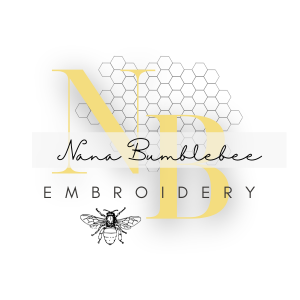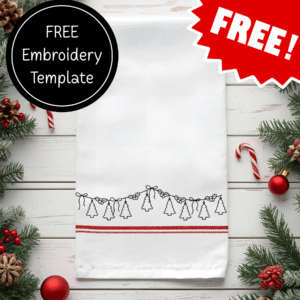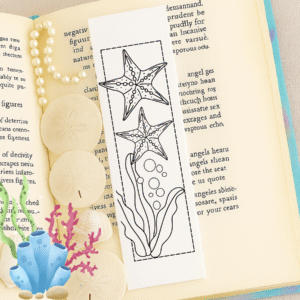

The Timeless Art of Sashiko Embroidery: A Guide for Beginners
Sashiko embroidery is a centuries-old Japanese stitching technique that beautifully combines function and artistry. Traditionally used to reinforce worn fabrics, sashiko has evolved into a mesmerizing decorative craft, prized for its intricate geometric patterns and soothing, meditative process. Whether you’re new to embroidery or a seasoned stitcher, sashiko offers a rewarding way to create stunning textiles with just a needle and thread.
Getting Started with Sashiko Embroidery
To help you begin, I’ve included a free sashiko pattern (below) that you can follow along with. Below, you’ll find simple instructions to guide your stitching process.
“As an Amazon Associate, I earn from qualifying purchases.”
Materials You’ll Need:
- Cotton or linen fabric (indigo is a classic choice)
- Sashiko thread (a thick cotton thread designed for this technique)
- Sashiko needle (longer and sturdier than standard embroidery needles)
- A fabric marker or tailor’s chalk (to transfer the pattern)
- Embroidery hoop (optional but helpful for stability)
Basic Stitching Instructions:
- Transfer the Pattern: Using a fabric marker or chalk, lightly draw the design onto your fabric. Traditional sashiko patterns often feature interlocking geometric shapes or repeating waves.
- Prepare the Thread: Cut a length of sashiko thread and thread your needle. Unlike traditional embroidery, do not use a knot at the end—sashiko stitches rely on even tension rather than knots to secure the thread.
- Start Stitching: Begin your running stitch, carefully following the pattern lines. Aim for consistent stitch length—traditionally, sashiko stitches are slightly longer than the spaces between them.
- Maintain Even Tension: Avoid pulling the thread too tightly; the stitches should lay smoothly on the fabric without puckering.
- Finishing Off: To secure the thread at the end of a section, weave the tail through several back stitches instead of tying a knot.
Suggested Traditional Sashiko Colors
Sashiko is historically associated with indigo-dyed fabric and white cotton thread, but today, stitchers incorporate a wider range of hues. If you’re aiming for a classic sashiko aesthetic, consider using these colors:
- White – The most traditional color, creating a striking contrast against deep indigo fabric.
- Indigo – A rich, natural dye that serves as both background fabric and thread.
- Red – A bold, vibrant hue often used in decorative festival textiles.
- Ecru or Cream – A softer alternative to white, lending a more vintage look.
- Gold or Ochre – Inspired by traditional Japanese motifs, gold-toned thread adds warmth and richness.
Final Thoughts
Sashiko embroidery isn’t just about stitching—it’s an art form that carries history, tradition, and creativity with every needle movement. Whether you’re repairing an old textile or crafting a decorative masterpiece, this technique is a wonderful way to connect with a rich cultural legacy while creating something uniquely yours.
Ready to start your sashiko journey? Download the free pattern below. The password to get the PDF open is within your welcome email when you subscribe to my website. Once you have the password save it to your computer and you’ll be able to get into all of the free patterns here. Happy sewing!
If you’d like to try another Shashiko pattern, why not try this one…







1 thought on “Sashiko Stitching Made Easy – Free Pattern Included”
Comments are closed.